It is important that you do snake plants repotting for snake plants when they are root bound. That is literally when the plants do not have any space for the roots to expand.
As time passes, the plant will grow bigger and the space they have in the container or in the pot will not be adequate for them. Consequently, they will be in stress.
As a result of this, chances are that they could stop growing any further. You could spot leaves that have been curled and cracked too.
Further when this happens, they would run short of adequate levels of moisture and nutrients as well. Moreover, when their leaves grow compact it could badly impact the photosynthesis process of the snake plant as well.
Moreover, it could make the soil dense and simultaneously it will have an impact on the draining of the pot as well.
When the soil is dense, it could encourage root rot. This is why you need to report the snake plants.
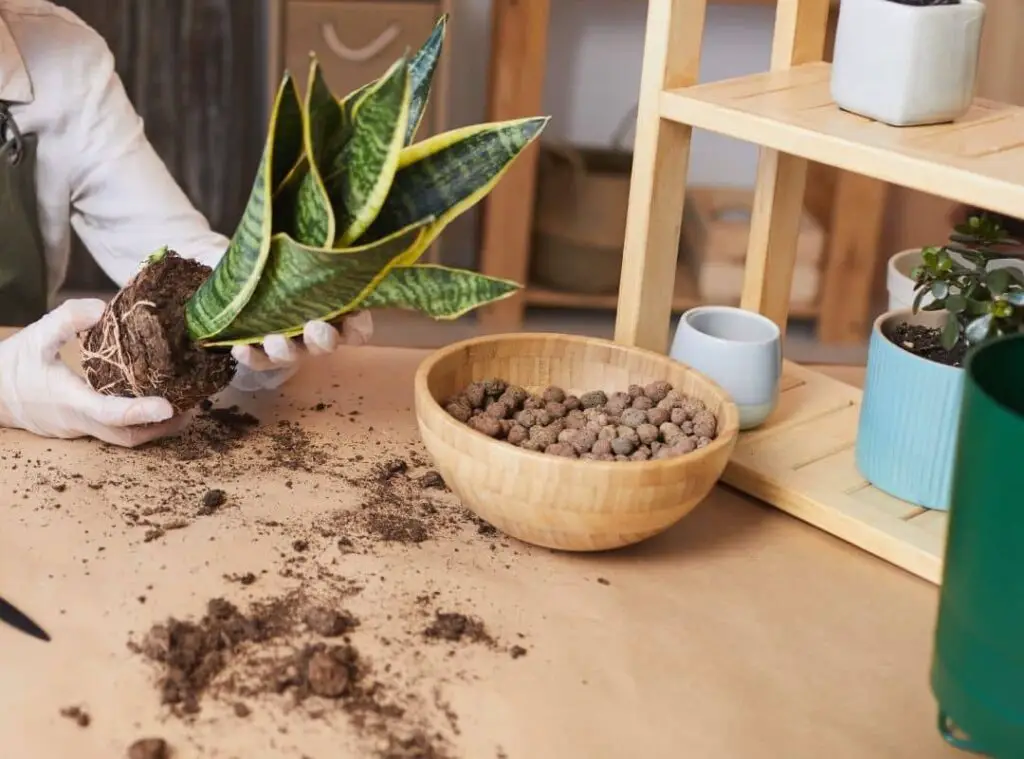
When should you report a snake plant?
If you spot any signs that snake plants need repotting, you should proceed immediately . Snake plants tend to perform well and bloom in spring.
If you consider repotting them, the perfect time to do it would be either the latter part of the winter or the start of spring season.
That will provide them sufficient time to adjust to new growing conditions and grow better in the active season.
However, you could go ahead with repotting them anytime if it is essential. You may report the snake plants once every couple of years.
Snake plants repotting signs
If you spot the roots have come out from the draining holes in the pot and if you could spot the roots have emerged in the pot surface, you should report the snake plants.
In addition to that, if you could see the containers have bulged towards and if there are any cracks particularly on the terra cotta and clay pots, those are signs which indicate your plant needs a new home.
Finally, if you cannot remove the plant easily from the pot, it is one more indication that you need to repot the plant.
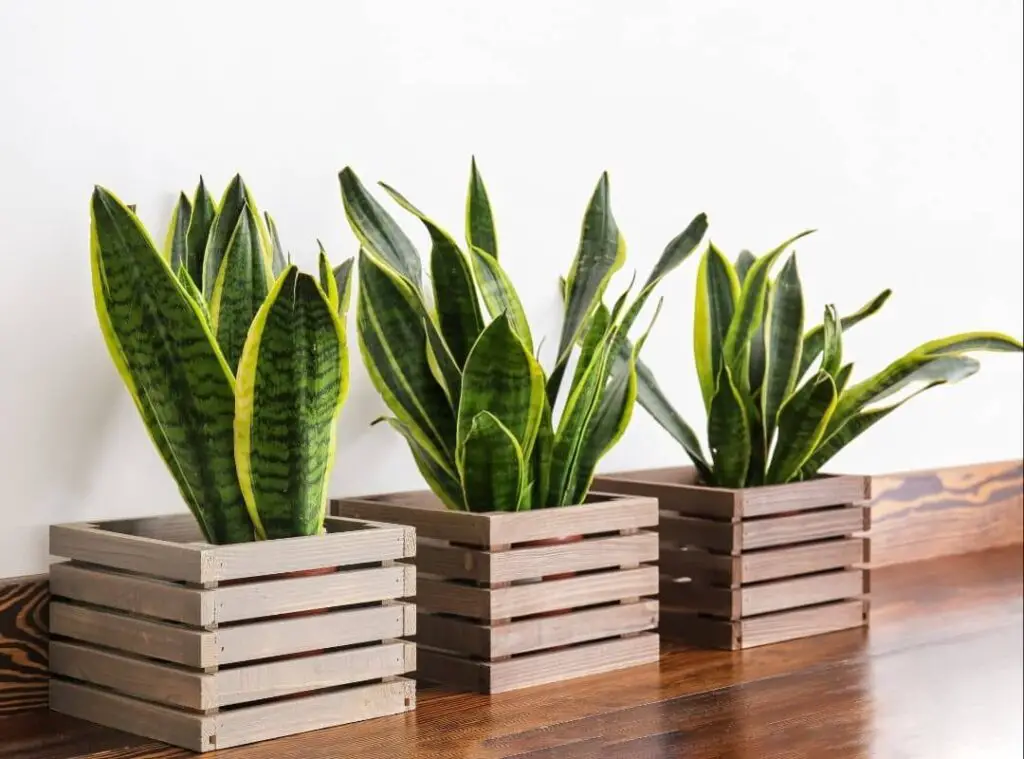
Steps of snake plants repotting
After identifying the signs of repotting now the next question will be how to repot a snake plant. You can follow the below steps
Remove the plant from current container
- To start this off, you may use a knife to remove the soil around the container.
- Next you should take it out from the pot while using a trowel to move soil out if it does not come out from the pot.
- Now you could turn the pot upside down and gently remove the plant. Avoid harming the plant while you do this process.
- When you take the plant out, inspect the roots of the plant deeply.
- Check whether there are any root rots and if you spot any black spots anywhere on the roots, you may carefully cut the rotten parts.
- You should use a clean knife when cutting this.
- Next you should have a look at the soil, whether it is appropriate to use again.
- If it is draining well, you can use it further.
- However, in case you think that it is too dense, you could still re use it while adding sand, peat or even perlite or cactus mix to make it drain faster.
- Apart from that, you could add worm compost and manure to provide some nutrients to the plant.
Now it is the time that you need to arrange the container.
- Fill it with potting soil and while ensuring that all the draining holes are open.
- You could use a small cloth which will help to retain all soil in the pot and then it will not fall out from the pot.
- Alternatively, you may add a layer of pebbles to the pot base.
- Finally, you could place the snake plant in the same depth as which it was in the older pot.
- After that, you could apply more potting soil in the pot ensuring that it is well established in the pot.
- You could add a layer of compost to the top surface of the soil mix, and you are done with repotting now.
Repotting kit
It is vital that you have the following equipment which would be useful when doing repotting.
Dull knife – It will help remove the soil around the containers and to take the plant out from the container
Pruners or shears – it would be useful if you wish to divide the plant
Gloves – it would be useful when you interact with the plants which will help you to keep the hands clean.
Garden trowel – for digging purposes.
Cloth, marbles, gravel, pebbles – to conceal the draining holes.
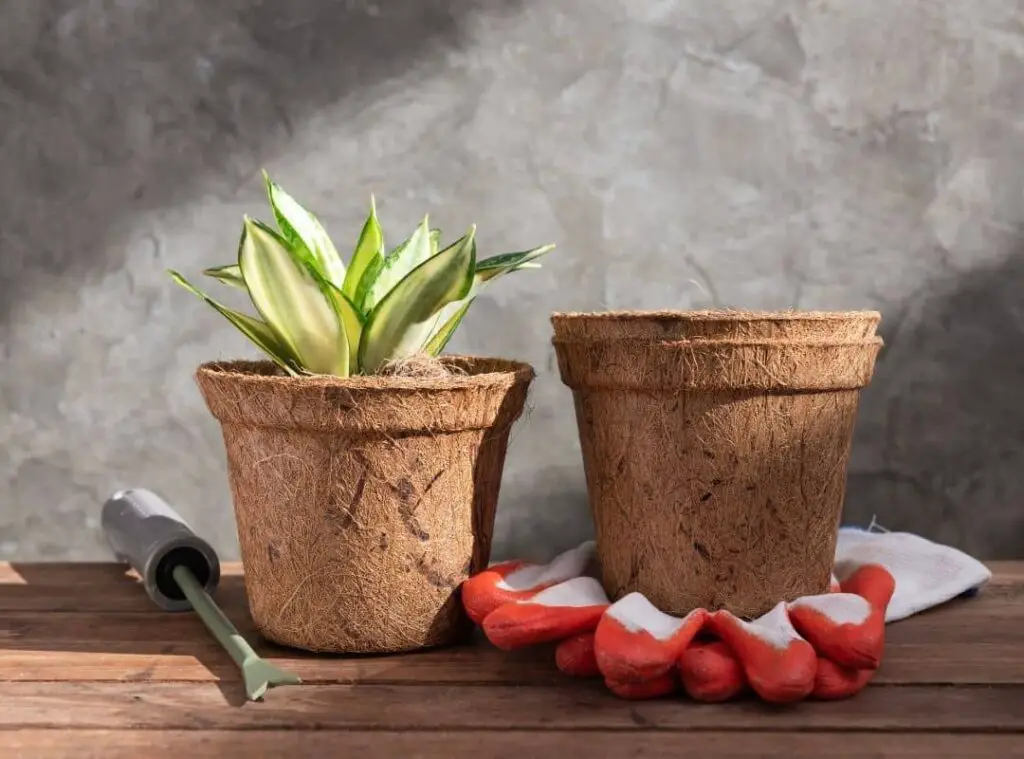
Best soil to repot snake plant
It is essential to have a well-draining loose soil mix which is to repot the snake plants. you could water them a little and in case you over water them, it will cause root rots.
You could use a soilless potting mix designed for tropical plants. Moreover, you could mix a succulent mix, or a cactus mix into the soil which would be quite beneficial for the plant’s proper growth.
You may add some compost and manure which would nourish the soil mix and provide nutrients.Just like other succulents in general, it is best to provide them with a soil mix which is well draining.
Snake plant care after repotting
It is important that you care for them after you report them. Unless they will be in transplant shock.
Moreover, it would help the plant to establish in the new growing conditions well too.
Avoid watering the plants at the very moment you repot them, particularly if you have watered them prior to repotting them. Ideally you need to wait for some days and then water.
When you water them, ensure that all the additional water is draining from the pot, unless it would lead to root rot.
Locate the plants in a shady place for about one month. If you wish you may locate them somewhere where they will get indirect sunlight after that.
Refrain from feeding them as soon as you report them.
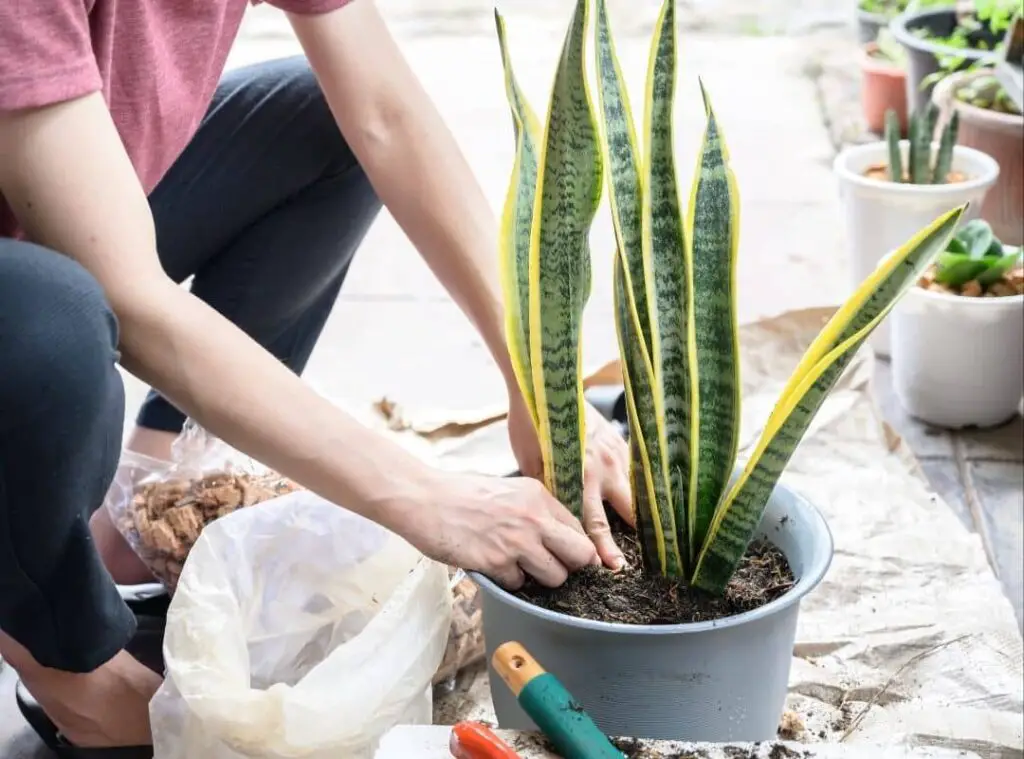
Should you water snake plant after repotting
Avoid watering the plants at the very moment you repot them particularly if you have watered them prior to repot them. Ideally you need to wait for some days and then water.
Snake plant dying after repotting
Over watering could cause the snake plants to die after repotting. Once you provide too much water right after you repot them, snake plants would tend to turn their leaves to yellow.
Further they will droop and would look like the plant is about to die. Further, do not expose these plants for temperatures under 50 degrees Fahrenheit.
Snake plant drooping after repotting
Issues related to watering and not providing fast draining soil mix could contribute for the snake plants to droop after repotting.
Moreover, if you have transplanted them in a pot where it does not have enough draining holes that would also affect the plants for drooping.
To avoid this condition, it is crucial that you provide them a gritty sandy and a fast-draining potting mix and you need to water them only when the soil is completely withered. .
Finally, always provide them with a post which has enough draining holes so that excess water will not retain the pots.
Snake plant leaning after repotting
Snake plants tend to lean towards one direction after repotting when they get too much water or due to incorrect way of repotting.
Apart from that, issues related to lighting could also affect the plants to lean towards one direction. Particularly if they do not get sufficient light for a longer period, they would tend to bend towards a direction where they can get light.
Snake plant falling over after repotting
Snake plants would fall over after repotting due to having excess amounts of water, issues in lighting and improper way of repotting too.
This is somewhat popular especially among the home gardeners.
If you locate these plants where they cannot absorb sufficient light and in case you expose them for extreme sunlight, it could cause the plants to fall over.
Snake plant turning yellow after repotting
Over watering is the main culprit if your snake plants are turning yellow after you report them. Due to overwatering root rot could occur and it would also affect the plants to turn yellow.
Additionally, if you have under-watered the plant, that could also impact the snake plant leaves to turn yellow.
In addition to above, too much feeding, exposing them to intense sunlight for too long, fungal diseases and insect invasions could also cause snake plants to turn yellow.
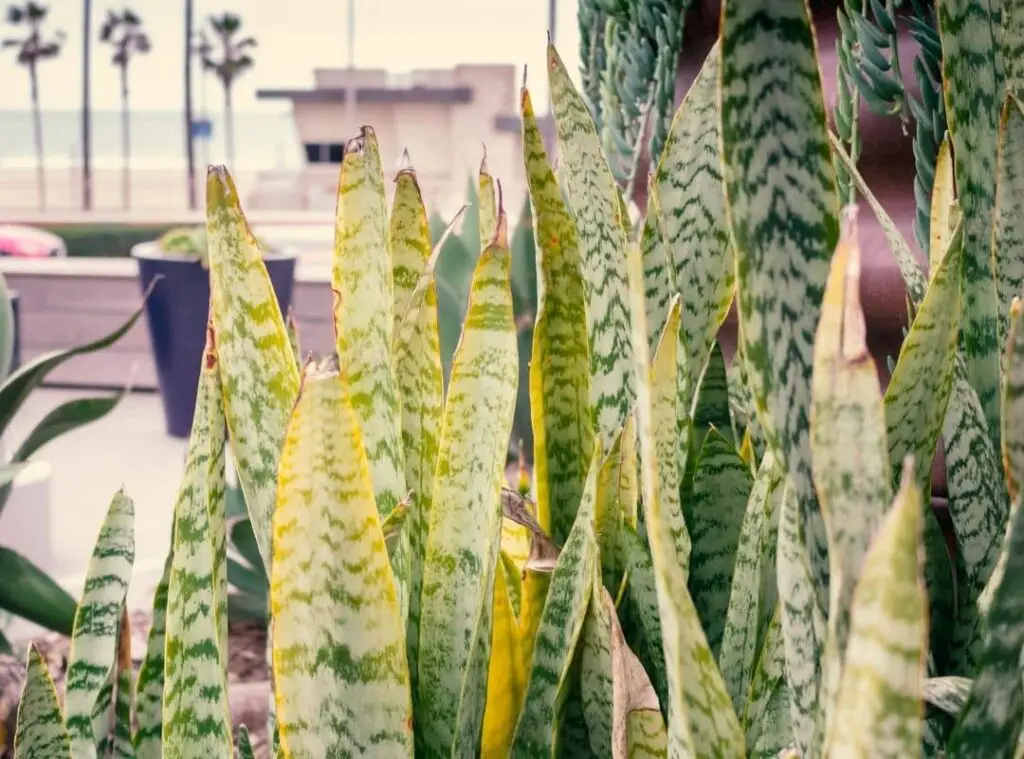
Repotting big snake plant
You have to give an extra bit of effort when conducting a big snake plant repotting. So you can follow the steps below.
- You may start this off while taking the plant off from the pot.
- Then have a look at the roots of the plant to see whether there are any root rots.
- Next you should segregate the roots into components.
- Here, you need to remove the damaged parts of the plant and check where you can segregate the root ball conveniently.
- You could adjust the sizes of the sections you cut based on the pot sizes you have.
- When you cut them ensure that they are 2-3-inch-long rhizomes, along with some roots and with about two or three leaves. T
- hen you could repot the divisions while placing them in new pots along with a fast draining soil mix.
How to repot indoor snake plant
First, you should select a proper pot which is slightly wider than the initial pot. Arrange well-draining soil mix. Further you may add succulent mix into the regular potting soil which will make the draining faster there. You could further apply some compost also there.
Then it is time to take off the plant from the initial pot and transplant it in the new pot. When you do that, avoid harming the plant and observe the plant thoroughly whether there are any root rots. If there are any, trim them off while using a clean knife.
Finally, you could place the snake plant in the same depth as which it was in the older pot.fter that, you could apply more potting soil in the pot ensuring that it is well established in the pot You could resume watering if you think the top surface of the soil is dry.
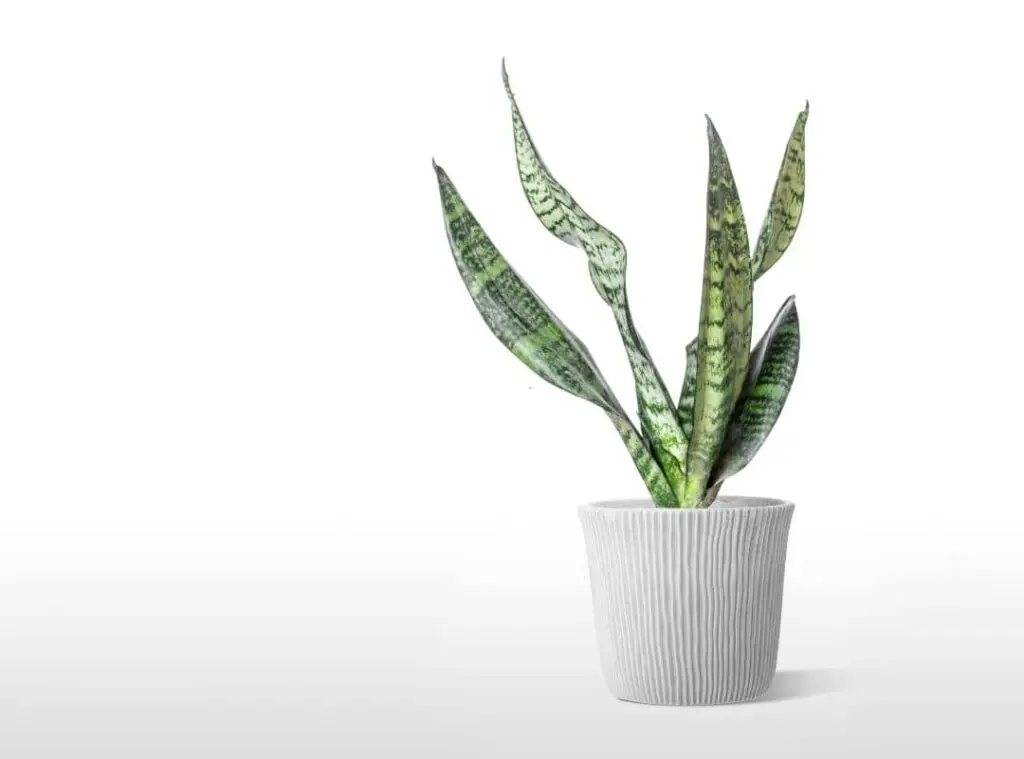
Repotting overwatered snake plant
You simply need to repot the plant in a new pot along with a drainage dish. Best is to use a fresh potting mix with three parts of peat and with part of potting soil when you repot them.
After that , You could do a thorough watering and dispose of any excess water which is remaining in the dish. When you water them again, ensure that you water them again only when the top two inches of the soil is dry.
Repotting snake plant after root rot
In case you have to repot a snake plant which has a root rot, you could take it off from the pot and transplant them in a fresh soil mix.
When you do that, you should trim the rotten parts of the plant and then you could repot them.
How to repot a dying snake plant
You need to remove the snake plant from the older pot and transplant them in a fresh soil mix which is well draining.
If you have planted the snake plant in an ordinary potting soil and if you have kept it there for too long , you should replace it ideally with a specially designed succulent mix or with a cactus mix.
Make sure you provide a pot with enough draining holes in the bottom of the container which will help to move the excess water through the draining holes.
Read Next : Do Snake Plant Purify Air?| 5 Amazing Facts You Should Know |
